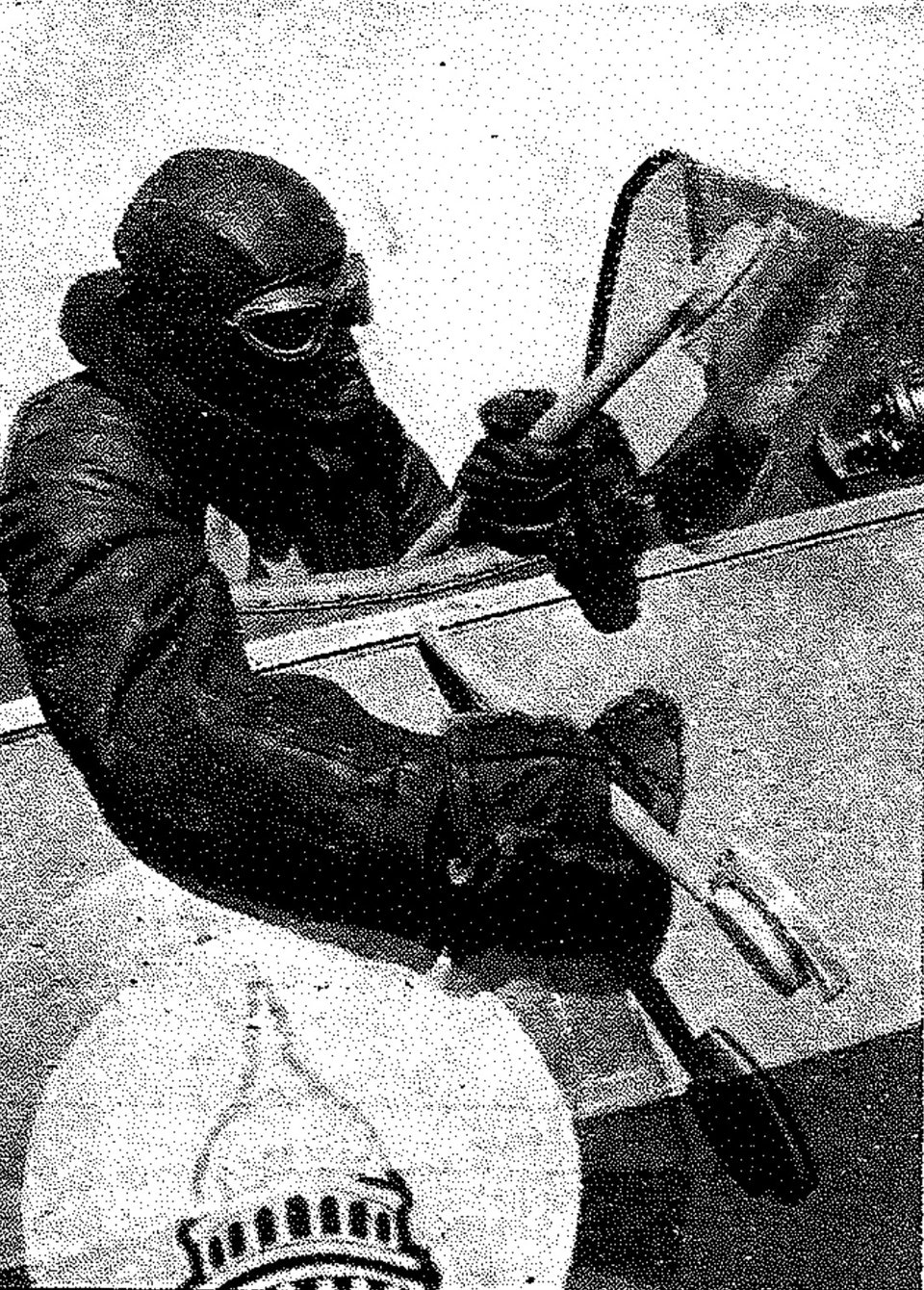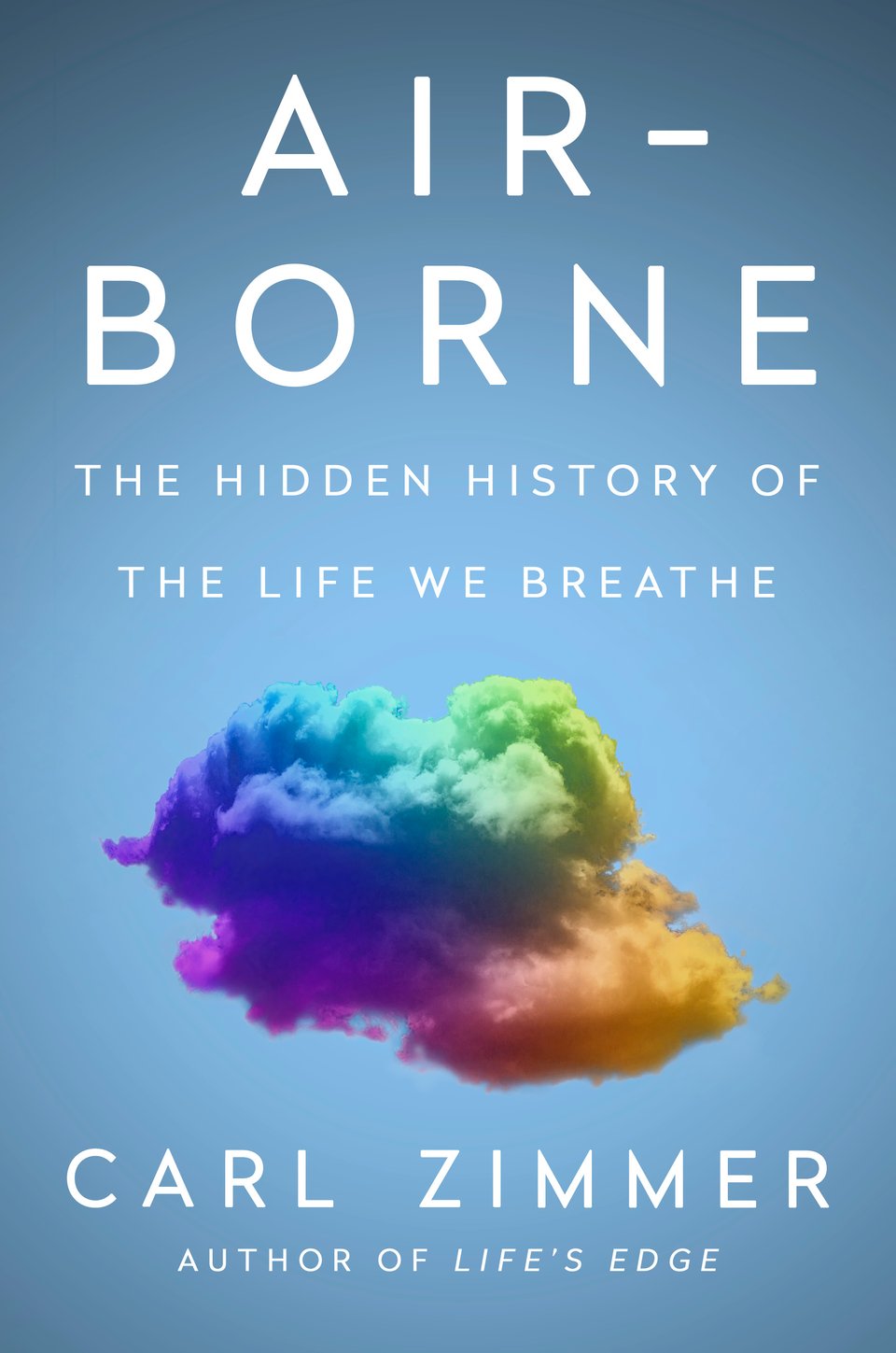
This week, I wrote in the New York Times about a newly published study on the life that floats 10,000 feet over Japan. A team of scientists chasing after the cause of a mysterious disease got in a Cessna equipped with vents, tubes, and filters. They then flew into the sky in pursuit of living things.

After they returned to Earth, the scientists suited up in biosafety gear to inspect their harvest.

They identified microbes, some of which could grow in Petri dishes. They ended up with a bumper crop of bacteria and fungi, comprising hundreds of species.

This week’s results are just the tip of the microbial iceberg, however. Using newly developed technologies, they’re now finding viruses and other organisms in their air samples.
When I write articles about this kind of work, I have to focus on what’s happening now. But what’s happening now only happens thanks to a long history of scientific effort—some of it successful, some of it ending in failure, some of it celebrated in textbooks, and some of it lost in obscurity. In my work as a journalist, I don’t have room for this sort of person:

Sitting in the cockpit is Fred Meier, a government scientist who got it in his head in the early 1930s to soar into the clouds and hold out Petri dishes stuck to wooden handles. Even with these crude tools, Meier managed to find some life in the air. He enlisted other scientists in his efforts, and in 1937 he gave the endeavor the name it bears today: aerobiology. Although Meier regularly made headlines in the 1930s, few people recognize his name today. That’s because his career came to an untimely end, turning Meier, in the words of one scientist, into the martyr of aerobiology.
Meier is one of many fascinating figures I got to know while working on my book AIR-BORNE. I hope you’ll also enjoy their stories when the book comes out in February. In the meantime, you can pre-order it here.

New York, New Haven, Genoa, and More…
My autumn speaking schedule is coming into focus. If you’re in the neighborhood of any of these events, I hope you’ll join me:
September 26, Brooklyn: I’m headed to the Brooklyn Book Festival to talk about writing science books with two masters of the craft: Ellen Ruppel Shell, author of Slippery Beast, and Robin Marantz Henig, author of Pandora’s Baby. Details here.
September 30, New Haven CT: A conversation with author Sadie Dingfelder, author of Do I Know You?, a book about how she discovered the workings of her own brain—including face-blindness and aphantasia: Details here.
November 1, Genoa, Italy: I’ll be talking about viruses (Covid, bird flu, and more) at the Genoa Festival of Science. Details to come here.
November 14, Manhattan: A conversation at the 92nd St. Y with pioneering paleoanthropologist Donald Johanson in honor of the fiftieth anniversary of the discovery of Lucy. Details here.
November 15, Manhattan: A conversation at CUNY with Nobel-prize winner Katalin Kariko, who pioneered mRNA vaccines. Details here.
November 21, Boca Raton, Florida: The Nat and Dorothy Hyman Science Lecture, Florida Atlantic University. Details to come here.
You just read issue #178 of Friday's Elk. You can also browse the full archives of this newsletter.